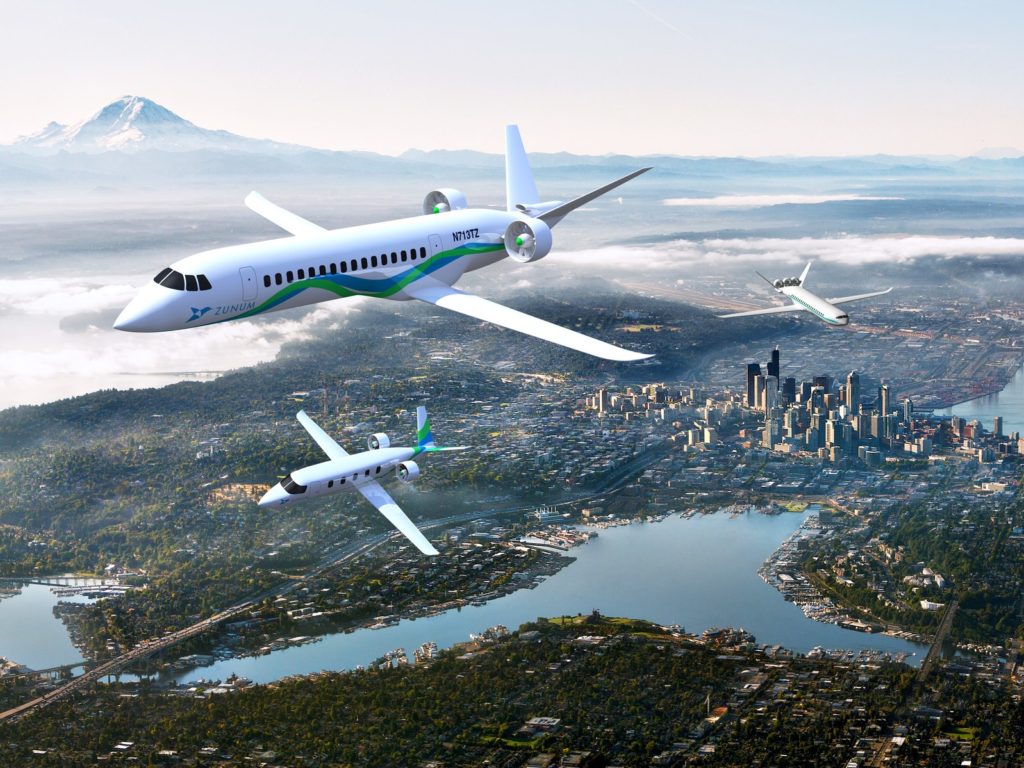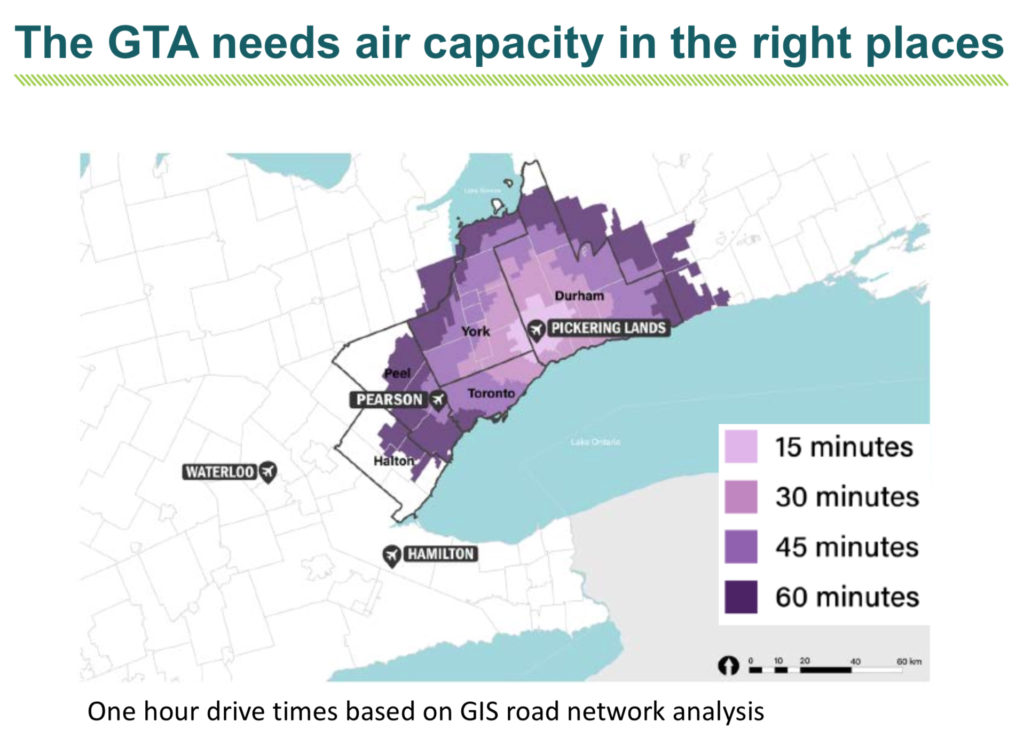
The green aviation revolution is coming, but will Toronto be at the forefront, or roadkill?
US scheduled charter operator JetSuite, in which JetBlue Airways and Qatar Airways have stakes, is the launch customer for Zunum Aero’s hybrid-electric aircraft, which is scheduled for delivery beginning in 2022. When it is launch, Zunum will be the first of a wave of aircraft promising to transform aviation into one of the greenest, most fuel-efficient forms of transportation possible.
But will the Toronto region be able to handle the new hybrid jets? Electric flight is in its infancy, with only a handful of aircraft currently being built, but they promise a revolutionary reduction in GHG ( green-house gas emissions) and operational costs. Zunum Aero’s regional jet is one of the first of a wave of larger electric and hybrid aircraft that are on the way. With rising fossil fuel prices, GHG emissions targets and climate change as driving factors, the impact on Canadian aviation will be revolutionary.
Major airspace companies, including Airbus and RollsRoyces are working on integrated airframe -engine combinations, utilizing turbo-electric and hybrid propulsion. These designs promise a new level of efficiency and quiet air travel undreamed of until recently. Electricity is starting to prove its viability as an in flight fuel source. Most, at least initially, are aimed at the under 50- 100 seat market, targeting routes under two hours flight time. The need for fast access to large quantities of inexpensive electricity is a given, as is a runway of at least 6000ft.
One day our current crop of CO2 producing jet engines will be seen as stepping stones in history. The smell of jet fuel and exhaust nothing more than nostalgic throwbacks to bygone eras, as we slip through the skies in our quiet electric planes. But without a flexible aviation infrastructure, Toronto is expected to be unable to benefit from this coming revolution in aircraft propulsion. This can be changed, but only if we are willing to confront the status quo now profiting from the congestion around out current airport infrastructure.

Only a single jet airport, Toronto Pearson, services the Greater Toronto Areas huge passenger catchment area. Pearson, already nearing capacity, will be hard pressed to find the flexibility to adapt to the new technology. Unfortunately for our environment, Pearson’s solution to its current capacity problem is the opposite of what is needed. Its current masterplan upsizes aircraft and works towards a more homogeneous traffic flow by excluding smaller jets. Aircraft accommodating only 20-50 passengers ( and requiring electric fuel), are not part of the plan.
Pickering airport will be part of the solution to this problem. With close proximity to Pickering’s electric infrastructure, a clean green locally-produced fuel source is close at hand. The Pickering airport should be designed and built from the ground up with the flexibility and space to support both the old and new propulsion technologies. It needs to have long runways and plenty of room airside for the new ground support infrastructure. Unlike Pearson, aircraft will not need to be placed in holds and arrival spacing will be un-congested, perfect for the dramatic range in approach speeds of this new type of aircraft class.
The benefits of building new local accessible airport infrastructure are not just environmental. Passenger convenience will be improved by reducing door to door travel time. No longer will you have to awake at 3:00 am and drive for hours just to make a 7:00 am flight. The savings in time and fuel just commuting to the airport justifies the new airport. Pickering can also become a development and manufacturing hub for the new technology, keeping Canadian companies at the forefront of the revolution in green aviation technology.
The question now, as with many environmental issues, do we have the political will to prepare for the future and overcome the status quo? The timeline for Pickering airport is urgent. If we start now, Pickering will not become fully operational until 2032. The first generation of electric commuter aircraft will already have been in service for a decade before we even get out of the gate.

3 thoughts on “Will Toronto miss out on aviations green revolution?”
Comments are closed.